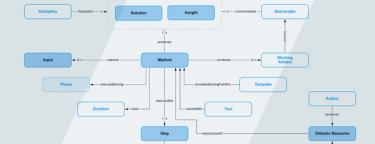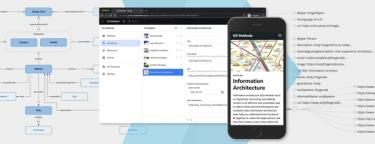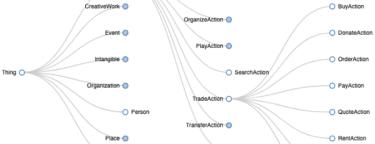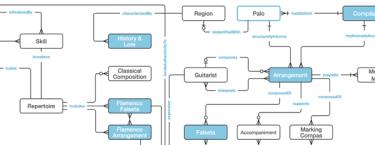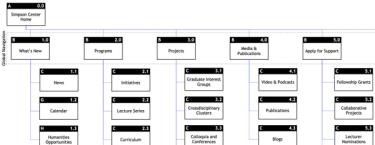Elemeno Health Structured Content Design & Development

I helped the micro-learning education startup Elemeno Health design, develop, and release a structured content solution to more effectively create, publish, and reuse thousands of hyperlocal, clinician-focused resources at patient care locations across the country. Elemeno's content now works harder and lasts longer, allowing it to scale more effectively over time and deliver greater value to Elemeno customers.


